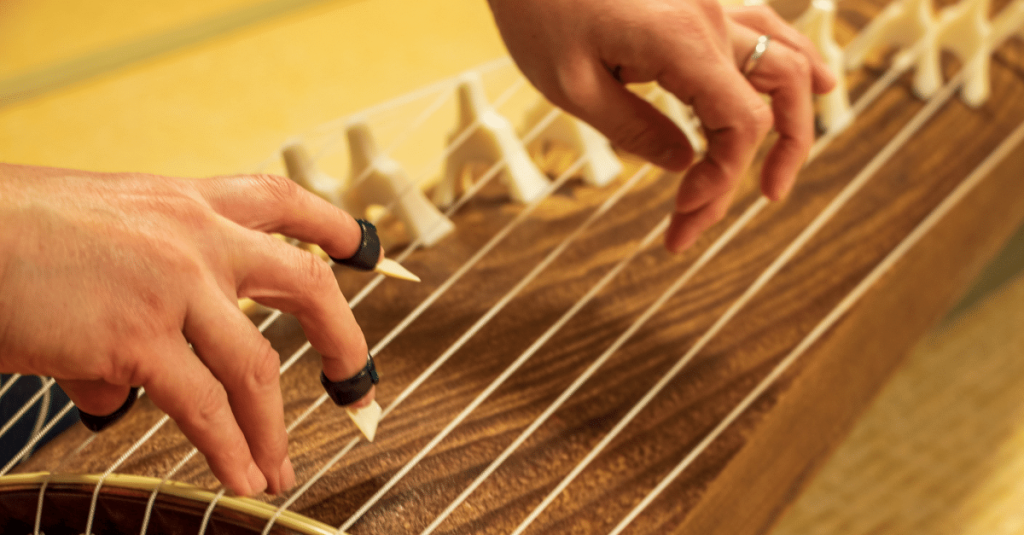
Music, with its boundless ability to touch hearts, transcends time and geographical barriers. Traditional music, in particular, embodies the cultural essence and heritage of communities worldwide. From the melancholic strains of the Celtic fiddle to the vibrant rhythms of West African drums, it offers an auditory experience that is both enriching and deeply moving. This exploration delves into the diverse world of traditional music, highlighting its significance and universal appeal.
Unveiling Cultural Narratives Through Melody
Traditional music serves as a mirror to society, reflecting its values, struggles, and joys. Each note and rhythm tells a story, offering insights into the lives of those who came before us. Whether through the intricate patterns of a Japanese koto or the soulful ballads of the American blues, music provides a conduit to the past, enabling us to understand and appreciate the rich tapestry of human history.
Safeguarding Heritage and Identity
In our rapidly changing world, traditional music acts as an anchor, connecting us to our roots and preserving our unique cultural identities. It’s a testament to the resilience and creativity of human cultures, passing down from generation to generation. By embracing music, we ensure that the wisdom, tales, and artistic expressions of our ancestors continue to inspire and educate future generations.

A Universal Language of Emotion and Connection
Traditional music transcends linguistic barriers, reaching out to touch the universal human spirit. It evokes a wide range of emotions, from joy to sorrow, and fosters a sense of connection among people of diverse backgrounds. In its melodies, we find a common language that unites us, reminding us of our shared humanity and the universal experience of life.
Embracing the Timeless Beauty of Traditional Music
As we journey through the world of traditional music, we are reminded of its enduring power and beauty. It not only serves as a bridge to our past but also enriches our present and future. In celebrating music, we honor the diversity and creativity of human cultures. Let us continue to cherish and preserve these musical traditions, allowing them to continue inspiring and uniting us across time and space.
Exploring the Melodic Tapestry of World Cultures
Traditional music invites us on a global voyage, where each culture’s unique melodies and rhythms come alive. From the haunting echoes of the Australian didgeridoo to the lively accordions of Colombian cumbia, these sounds invite us into a world of diverse musical expressions. This exploration encourages us to appreciate the wide array of music, fostering a deeper understanding of the world’s cultural wealth.

The Role of Music in Cultural Preservation
Traditional music is not just entertainment; it’s a vital tool for cultural preservation. It carries the essence of a people’s history, language, and traditions. In the face of globalization, it’s more important than ever to support and promote music. It ensures that the cultural narratives and artistic heritage of communities around the globe are not lost but celebrated and passed on.
Finding Unity in Musical Diversity
The variety of traditional music worldwide shows that while our cultural expressions may differ, the essence of sound as a form of human expression is universal. Through music, we find common ground, recognizing our similarities and celebrating our differences. It’s a powerful reminder that music can be a force for unity and understanding in a divided world.
Traditional Music as a Gateway to Cultural Exchange
Engaging with traditional music opens doors to cultural exchange and mutual respect. It allows us to experience the world from different perspectives and enriches our lives with new sounds, stories, and traditions. This exchange not only broadens our cultural horizons but also fosters global harmony and respect.
Preserving the Sonic Legacy for Future Generations
The preservation of music is essential for maintaining the cultural diversity of our global heritage. Through initiatives like music festivals, educational programs, and digital archives, we can ensure that the rich legacy of traditional music is accessible to future generations. It’s a collective responsibility to safeguard this invaluable resource, ensuring that the beauty of traditional music continues to inspire, connect, and resonate across the ages.







